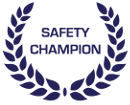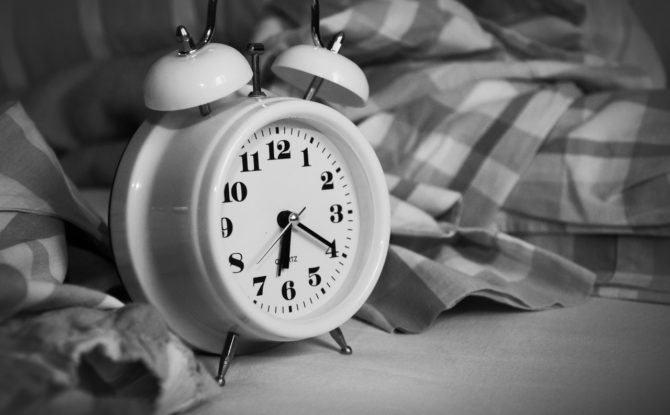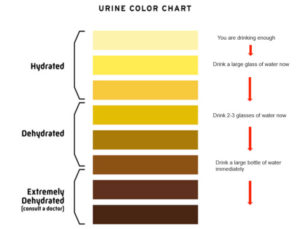The effect of a 24/7 society is a worry when it comes to sleep duration and quality, or the trend to a lack of! The 2016 Sleep Health Survey of Australian Adults highlighted that sleep problems are becoming more common. Sure, the report is one from 2016, but our take on that is that it simply means that you have had more time to do something!
Unsurprisingly, a lack of sleep was found to impact worker performance, with 29% of adults in the study reporting they have made errors at work due to sleepiness or sleep problems.
With 29% of persons reporting that they drive whilst drowsy, it is no surprise to workplaces that 1 in 5 people reported that they have nodded off when driving, whilst 1 in 4 of these people reporting to have had an accident in the past 12 months due to fatigue!
Don’t think for a second that no drivers, no issues! Fatigue was found to influence absenteeism figures, with 17% reporting to have missed work due to feeling sleepy. That will sure impact your bottom line!
These stats are alarming for any business when it comes to ensuring not only a productive workforce, but one that can go home safely at the end of each day.
So, what can be done? Given dedicated siesta times are probably not practical, here are some other considerations for you:
- Have managers and supervisors regularly check-in with their teams to ensure they are on track to deliver. If they are struggling, this may allow you to make adjustments to resources.
- Establish procedures where emails sent before 8 am and after 6 pm are discouraged. If there are workers working outside of these times, encourage them to delay the delivery of work emails until the next day – if you wouldn’t phone to tell the news, then you shouldn’t email!
- Encourage your leaders to leave loudly and on time. Let you workforce know this is ok.
- Be flexible and aware that family situations and/or travel (i.e. changes to public transport); both of these can result in early starts and/or late finishes. In fact, we previously wrote a blog about working dads, and methods that you can use to support their return to the workplace.
- As always, you may consider undertaking a toolbox talk and/or training (as part of a wellbeing campaign) on sleep. Provide your workers to understand the physiological importance.
- Consideration sleep disorder screening for higher risk work workers such as those in transport, shift work and heavy machinery operators…
This is by no means everything. We would love to hear any other tips/tricks/programs you have used.
Sleep tight and don’t let the bedbugs bite!










